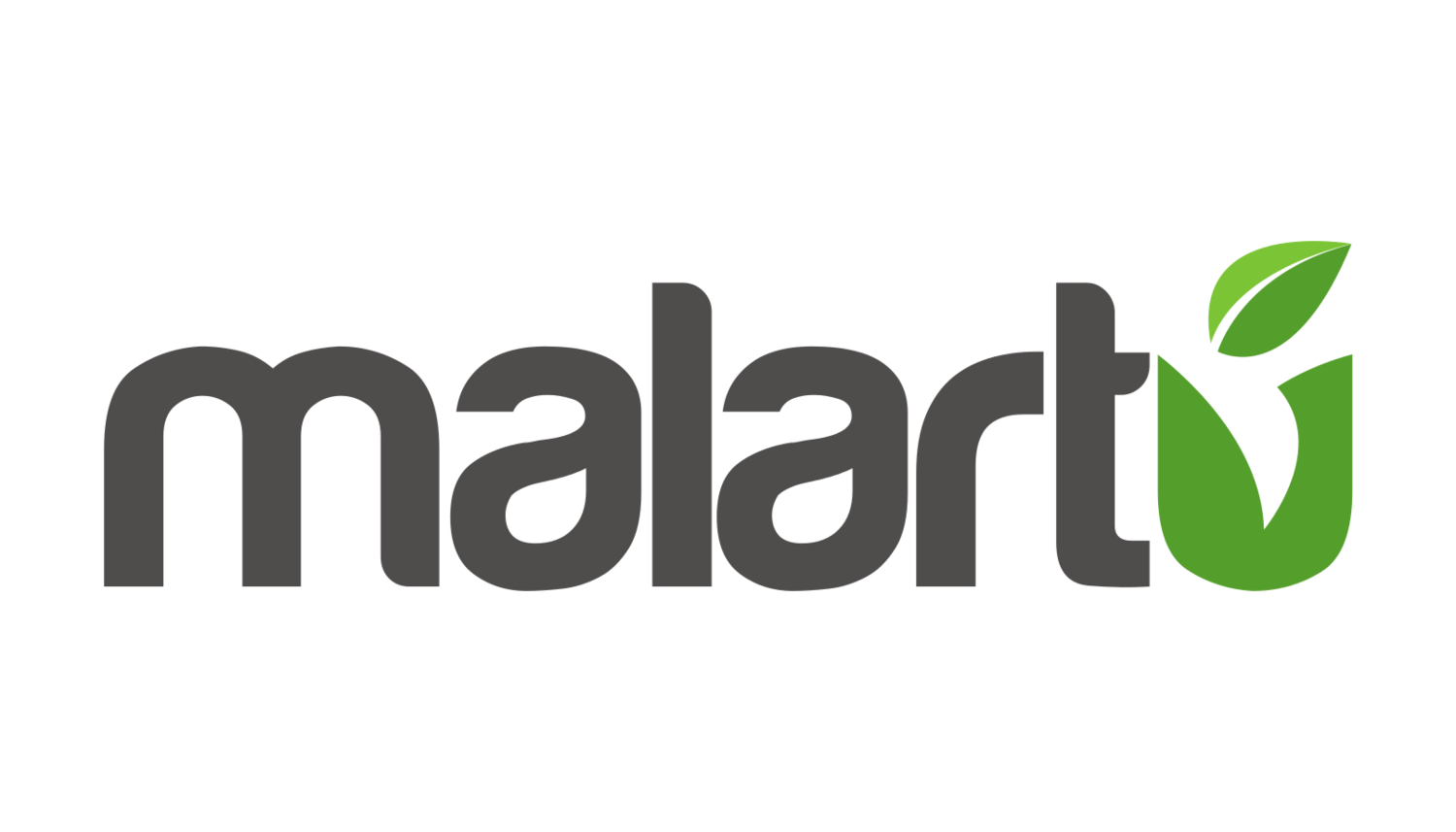The ultimate pre-meeting checklist for business advisors
You’ve asked your clients meaningful questions, you’ve uncovered their deepest challenges and turned their data into a valuable resource with dashboards.
You scheduled a meeting with them. It’s showtime.
Getting ready for your first advisory meeting with a new tool can be a bit daunting, so we’ve put together this helpful checklist of how the pros do it with Malartu:
1. Create an agenda
What is the purpose of the meeting? How will you manage time to cover all the bases.
Annual budget/planning meeting
Quarterly strategic review
Monthly review
Who is attending the meeting?
Executive/founder/owner
Departmental heads
Other professional service providers
Once you know the purpose of the meeting and the attendees, you can narrow down the focus of the data that you will need and the amount of time you will be discussing. Consider how each department head or executive might have a different view of the data you present. As a financial expert, it helps to speak to how things breakdown financially, but remember that some departments may be optimizing for growth over profitability, for example.
2. Review the client’s books
Ensure that all invoices and expenses have been properly entered and coded in your accounting software for the time period that you’ll be looking at. Remember, if something is absent in your accounting software, it won’t appear in Malartu.
3. Refresh data in Malartu
In order to reflect the most recent data from your accounting software, you’ll need to make sure the data within Malartu has been repulled. This can be done manually or as a regularly scheduled event (recommended).
Here’s a help doc on data schedules: Why am I seeing different values in Malartu than my data source?
4. Double-check the dashboard elements
Prior to your client meeting, it’s good practice to take a few minutes and review the elements on the dashboard. Are there any metrics or charts that are missing or need tweaking to reinforce your narrative or advice?
Pro tip: One quick way to check custom metrics (metrics that are calculated using a formula or function within Malartu) is to click the “i” at the top right of each element and then select “View Formula”. You will be able to quickly see the calculation that is currently being used to create the output.
Edit any elements that need updating, double-check things like:
New lines of income that might have been introduced since the last meeting
New chart of accounts that might have been introduced since the last meeting
Revised calculations or other iterations for custom metrics
Check out this help doc on editing blocks: How to customize a block
5. Add the narrative
Begin to take notes on what you’d like to discuss with your client. Remember that you’ll be using the Malartu dashboard to tell a story. Work from left to right, top to bottom, and break up your notes by blocks on the dashboard. Explain what you’re seeing in plain language like “this is what you owe, this is what you made, this is why”.
Length is not the goal, be as concise as you can. Remember, you’re likely advising your client because they were overwhelmed by financial data. The purpose of this board is to distill that data set to only what they need to focus on.
Make sure your operational data tells the story of the financial data, and make sure you tell that story concisely. The goal of operational data is to expand upon the story being told by financial information. To identify what is causing certain changes or trends.
6. Focus on the most important KPIs
You’re not going to hit every chart of account in an hour meeting. Make it more meaningful by focusing on what is most important near-term (based on their project initiatives, red flags in the data, etc.) Begin by referencing their unique business challenge. If you’ve focused in on one aspect of the business, then it makes sense to set aside time to talk about what this dashboard says about that part of the business.
Next, you’ll want to simply look at the dashboard to identify any significant trends. This is where Malartu can really shine. Visualize the last twelve months as a bar or line, compare to “vs prior” figures, or check your year-to-date totals vs last year. Make note of these trends and be prepared to include them in your agenda for the meeting.
7. Review your agenda
At this point, you should have a good understanding of the highlights to cover during your meeting. You should cover any metrics that align with initiatives you’ve been tracking and anything that shows a real improvement toward solving their key issues. If you don’t already have a set format for your meeting, we recommend using the EOS L10 model which you can find here: EOS L10 meeting download
8. During the meeting, develop action steps to solve issues, but don’t necessarily solve them all.
List future items for deeper analysis to keep the meeting productive and maintain coverage of all issues. Items like:
Changes to dashboard configuration
Additional data needed to enrich analysis
Additional detail on existing elements in the dashboard
List to-do’s for you and your client to complete post-meeting.
Client send additional detail if needed
Scheduling time to work on client dashboard to make changes
Schedule your next meeting, if not already done.

